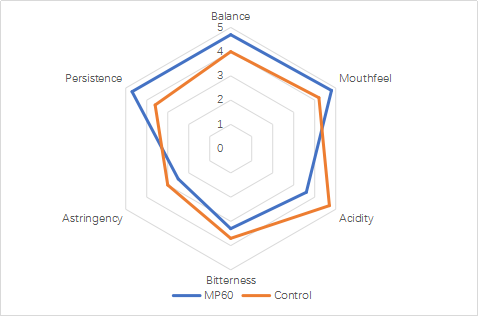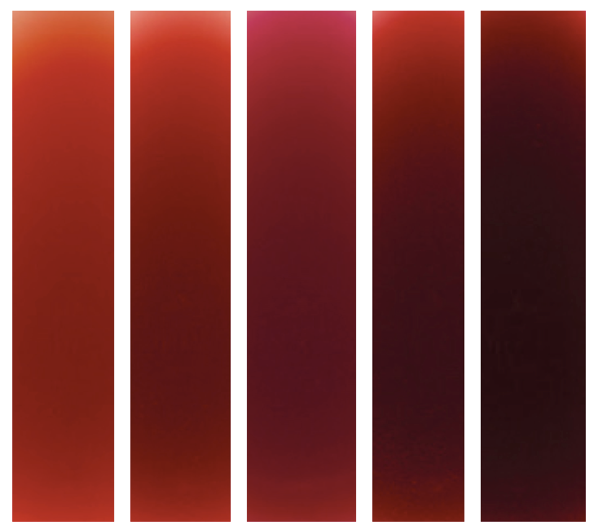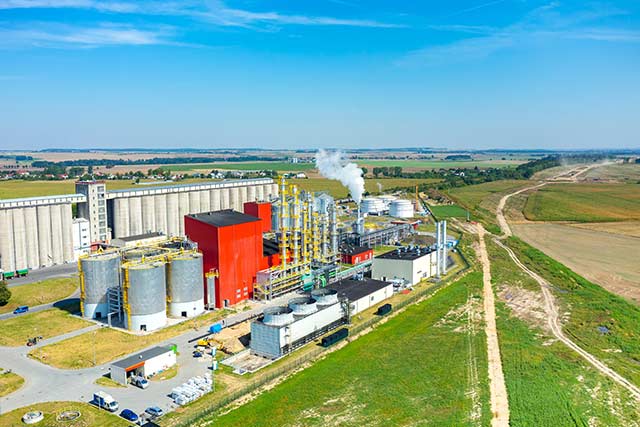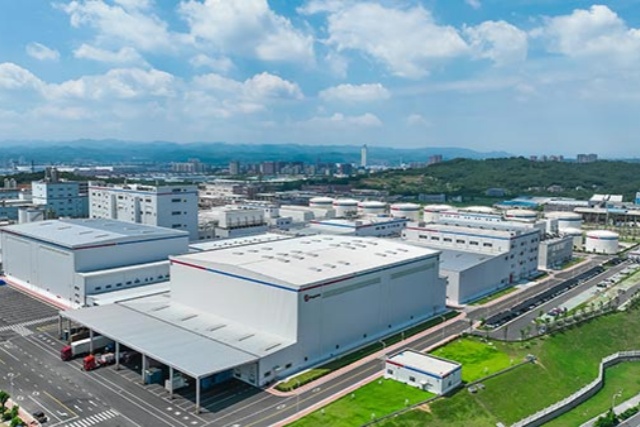Nov. 5, 2020
By Fangfang
Yeast mannoproteins play a very important role in winemaking process. It has been used in wines for their positive effect on enological functions. The enological positive functions contain reduction of bitterness and astringency, promotion of red wine sensorial properties, inhibition of tartrate salt crystallization, prevention of protein haze, and stabilization of red wine color.

Yeast mannoproteins is derived from yeast cell wall with a molecular weight ranging from 40 to 250 kDa. In wine, mannoproteins have three sources: released by yeast during alcoholic fermentation, released during yeast autolysis process, artificially added. Treatment of wine with yeast mannoproteins as oenological adjuvants was approved by the International Organization of Vine and wine (OIV) in 2001.

Fig. 1 The four types of glucosylation of parietal yeast mannoproteins (Klis, 1994).
M = mannose; G = glucose; GN = glucosamine; GNAc = N-acetylglucosamine; Ins = inositol; Ser = Serine; Thr = threonine; Asn = asparagine; Xxx = the nature of the bond is not known.
Mannoproteins can modify mouthfeel of wine by combination with tannins, thereby decreasing the feeling of drying, roughing, and puckering in mouth after drinking wine. Adding manoproteins can reduce astringency of green tannins in red wines and increase roundness and softness on the palate, probably due to the interactions between mannoproteins and the tannins.

Fig. 2 The effect of mannoproteins MP60 on Merlot wine
In wine, instabilities that lead to visible changes to the wine are of particular concern to winemakers since they are readily detectable by consumers and lead to unnecessary concerns about product safety. The two most important visible defects that can occur during storage are tartrate instabilities and protein instabilities. Mannoproteins can inhibit potassium bitartrate crystallization.

Fig. 3 Wine tartaric crystal
Wie protein haze is a more common problem with whites than with red wines. Proteins in wines have significant positive and negative effects on wine quality. The negative proteins cause hazes in wine, especially in white wine. Mannoproteins can lower the size of the haze particles below visibility of naked eye. It was proven that mannoproteins are responsible for the reduction of visible protein haze formation.

Fig. 4 Protein haze of white wine
Color is the first impression of a wine that is received by consumers. It provides a considerable amount of highly relevant information about wine age, oxidation, and quality. More interestingly, yeast mannoproteins have been described for their positive effect on color of red wines. Yeast mannoproteins can combine with anthocyanins in wine; this combination seems to increase color stability.

Fig. 5 Color of red wines
Adding 0.3g/L commercial mannoproteins MP60 at the beginning of Cabernet Sauvignon fermentation, the final wine with MP60 addition has higher color intensity than the control sample (Table1). Color differences between control and MP60-treated wines were assessed by ΔE*. ΔE* is 5. 02, which means that the color change induced by MP60 are visible to human eye.
Table1 Effect of Commercial Mannoproteins Mp60 on Cabernet Sauvignon wine color and CIELAB Parameters

References
Pascal Ribe ́reau-Gayon Denis Dubourdieu Bernard Done`che Aline Lonvaud(2006),The Microbiology of Wine and Vinifications
Waters EJ, Pellerin P and Brillouet JM (1994), A Saccharomyces mannoprotein that protects wine from protein haze. Carbohydr. Polym., 23, 185–191.
Andrew L. Waterhouse, Gavin L. Sacks, David W. Jeffery (2016), Understanding Wine Chemistry
Rodrigues, A., et al. (2012). Effect of commercial mannoproteins on wine colour and tannins stability. Food Chemistry 131(3): 907-914.
 | Published by Fang Fang |
Angel can provide brewing yeasts, ingredients and related technical services for the production of wine, beer, and other brewing liquor. All our products are natural, safe, and of high quality. With the current energy shortages around the world, the production of fuel ethanol through yeast fermentation has become an inevitable trend.
About Angel:
Angel Yeast Company is a high-tech listed company specializing in yeast and biotech. Product business covers Yeast and Baking, Yeast Extract-Savoury, Nutrition & Health and Biotechnology fields. It is one of the world's leading companies in the yeast industry. Angel has 12 holding subsidiaries and provides products and services for more than 150 countries and regions.
ANGEL YEAST CO., LTD
Address: 168 Chengdong Avenue, Yichang, Hubei 443003, P. R.China
Tel: +86 717 6353619
Email: ethanol@angelyeast.com







